I Visited the Place Where Harriet Tubman Lived, Worked, and Is Laid to Rest
Noka and I traveled to Auburn, NY, to explore the town Harriet Tubman called home and the legacy she left behind.
I’ve been meaning to share this trip for a while, and Black History Month feels like the perfect time. Last August, I had the opportunity to visit Auburn, New York—the place Harriet Tubman called home for over 50 years. She owned land there, built a life there, and is now laid to rest there. It was surreal to stand where she once stood, to see the places she walked, and to visit her grave, which sits in a peaceful spot surrounded by a towering tree.

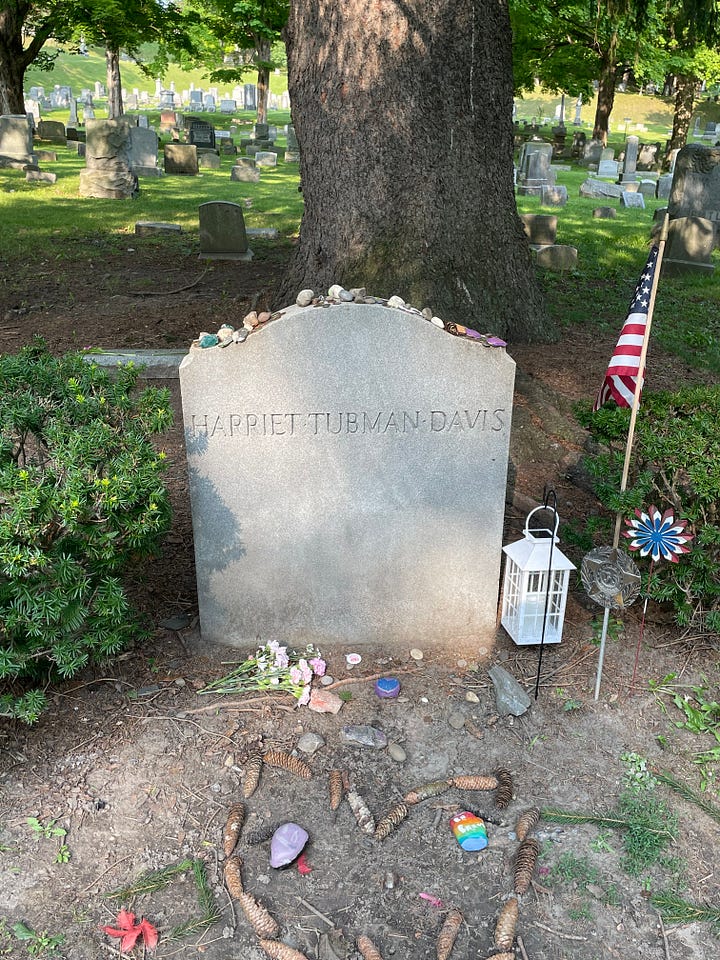
But what made this trip even more special? It was my first time traveling alone with Noka. He was just four months old, and to say I was nervous would be an understatement. Flying with a baby felt scary AF, but he did so well. That trip bonded us in a way I didn’t expect—it was just me and him figuring it out together.
I was invited on this press trip by the Cayuga County Tourism Board as part of my work as a journalist, joining four other women writers, and it was one of those experiences that I will always carry with me. Auburn is a city that actively preserves its history. Harriet Tubman’s legacy was felt in the land, in the people (I met one of her descendants, which I’ll share more about below), and in how her story is still being honored today.
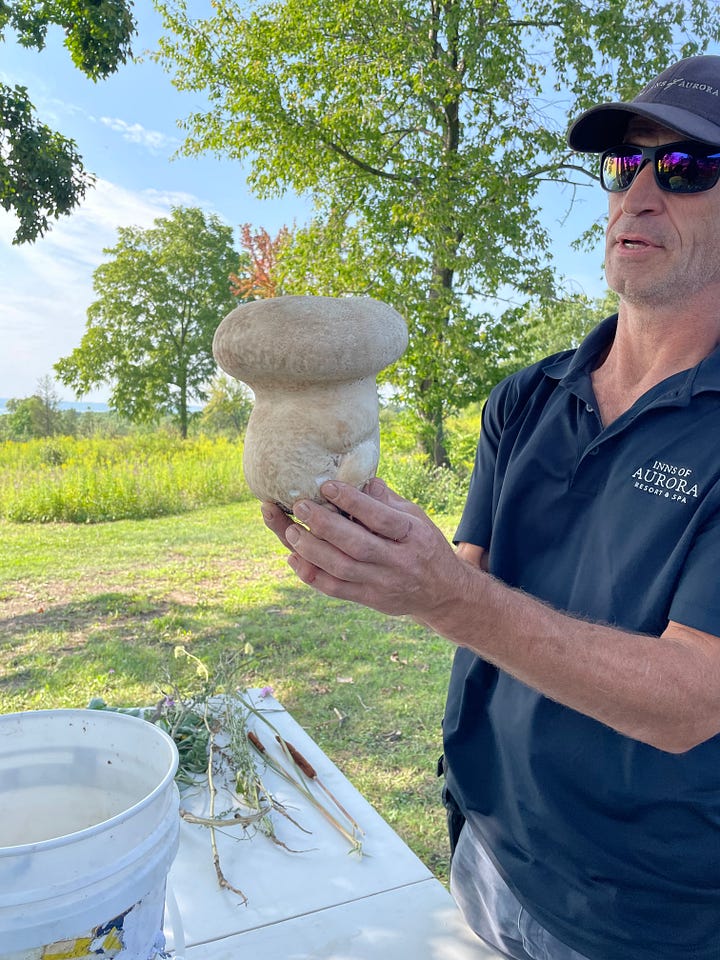
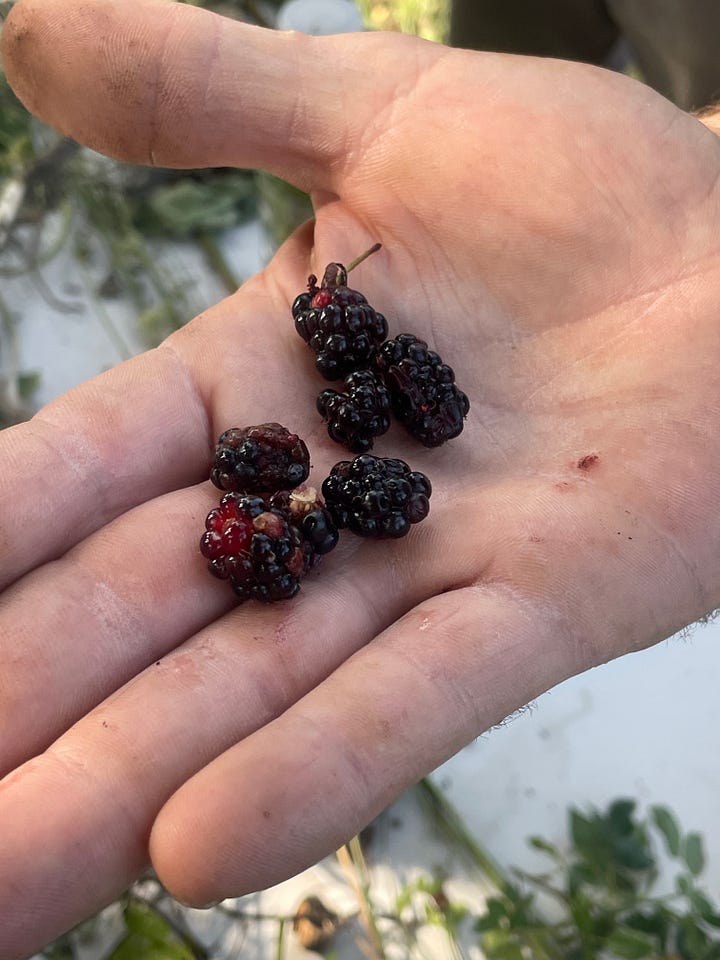
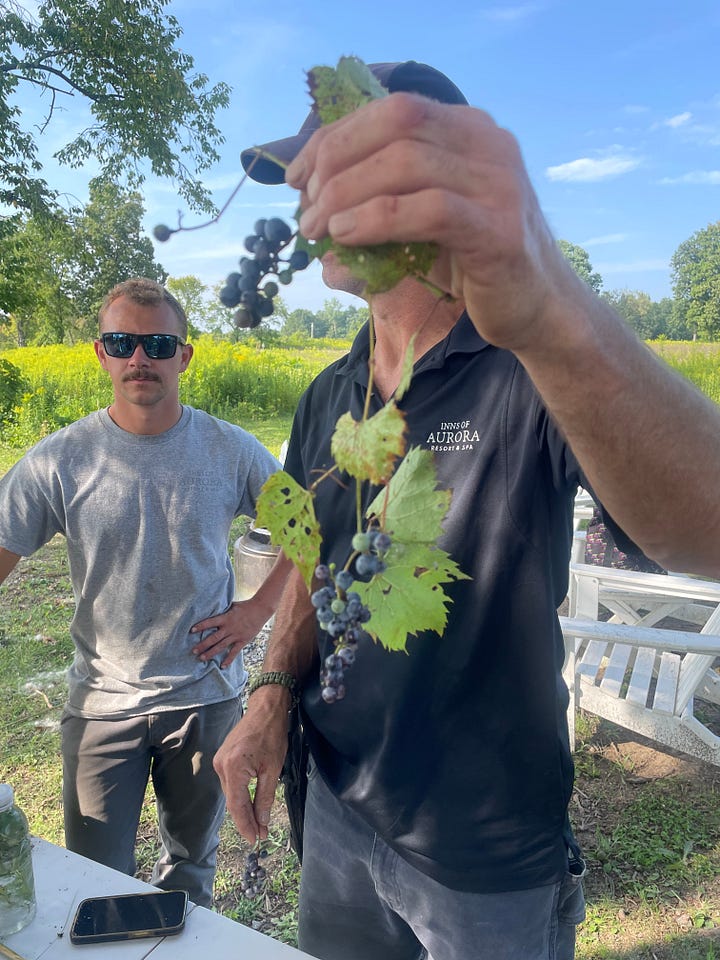

The same fruits and vegetables Harriet Tubman once grew in her garden are still being cultivated in the region today. She had an abundance of apple trees (her favorite fruit) along with peach and pear trees, and she would carry a basket filled with produce, walking toward Scipio (a nearby town), selling her harvest along the way. If you live in Cayuga County, you can eat the same produce she once grew, which is such a beautiful way to stay connected to her legacy.

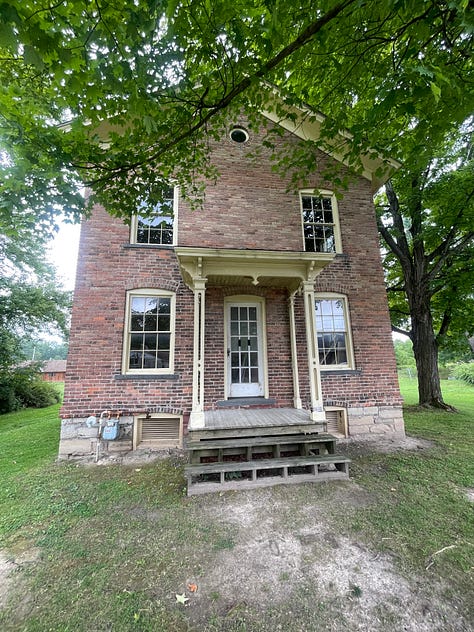
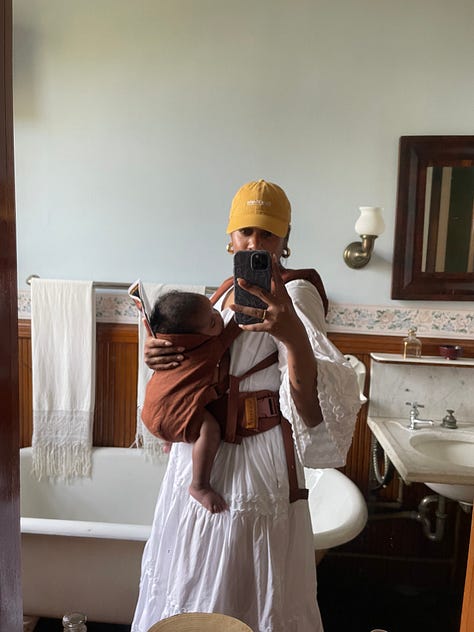


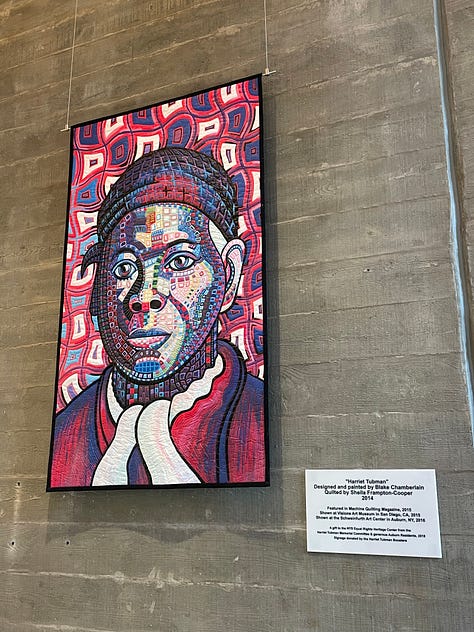

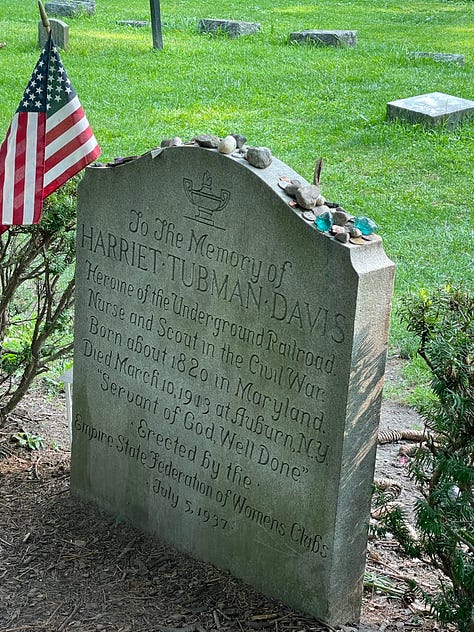
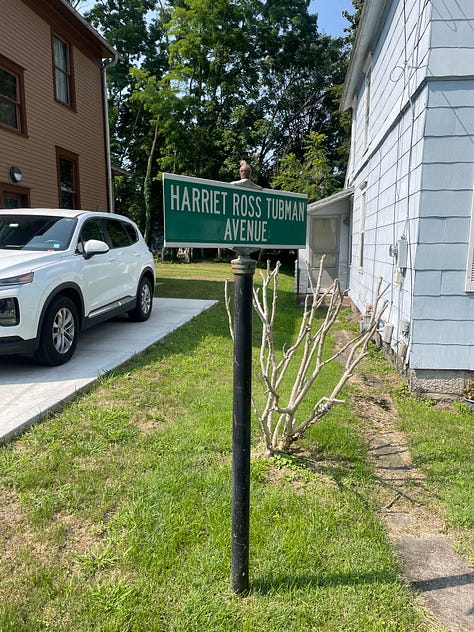
Throughout the trip, we visited historic sites tied to Tubman’s life, including her home, the church where she worshipped, and the Seward House Museum, where I learned more about the family that helped her settle in Auburn (I also got to see a spot on the Underground Railroad route). We took a walk through Fort Hill Cemetary, where she’s buried, and let me tell you—the energy there is something else. It’s quiet. Peaceful. A space that feels like it was made for reflection.
Another standout moment was meeting Deidre Johnson Stanford, Harriet Tubman’s great-great-great-grand niece. It’s one thing to learn about a historical figure, but meeting someone from their lineage makes it all feel more real. Harriet Tubman was a woman, a relative, a wife, and a person who fought, lived, and loved.
I left Auburn with a deeper understanding of her life—not just as the Underground Railroad conductor we all learned about at school, but as a landowner, businesswoman, and community leader. She lived as a free woman in Auburn for more than 50 years, and that is just as much a part of her legacy as her earlier heroics.

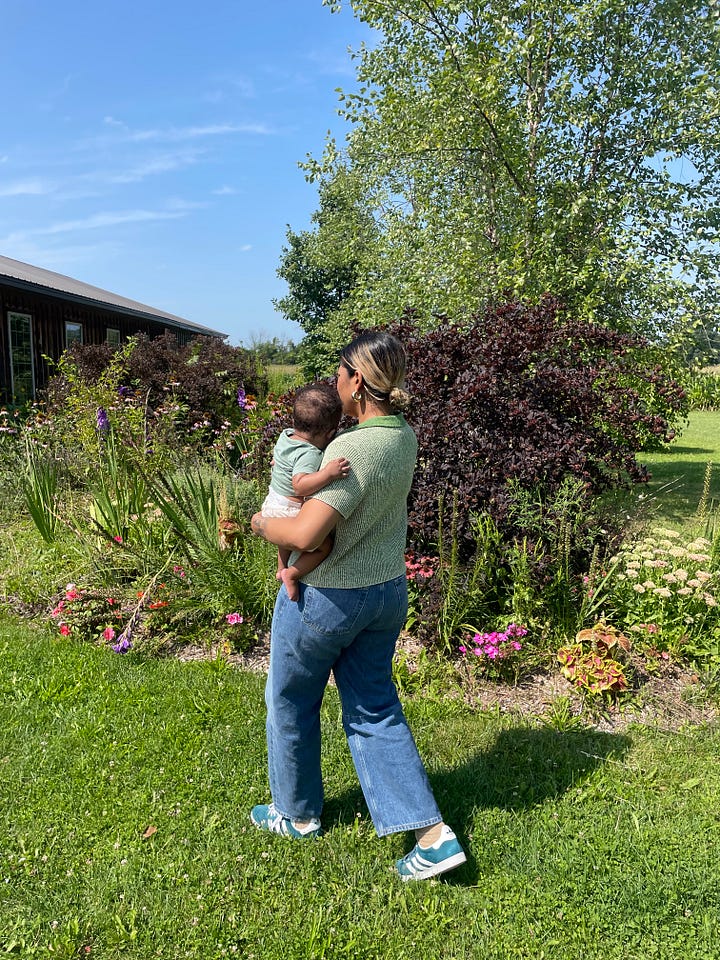
This trip reminded me why I love storytelling—because stories, when preserved, give us something to hold onto. They help us see the past in a way that shapes the present. And Harriet Tubman’s story? It’s one that will never stop being relevant.







This is absolutely incredible. Thank you so much for sharing this.
Thanks for sharing this and these pics. I love American history - the good and the ugly. After South African history, American has always been my favourite.